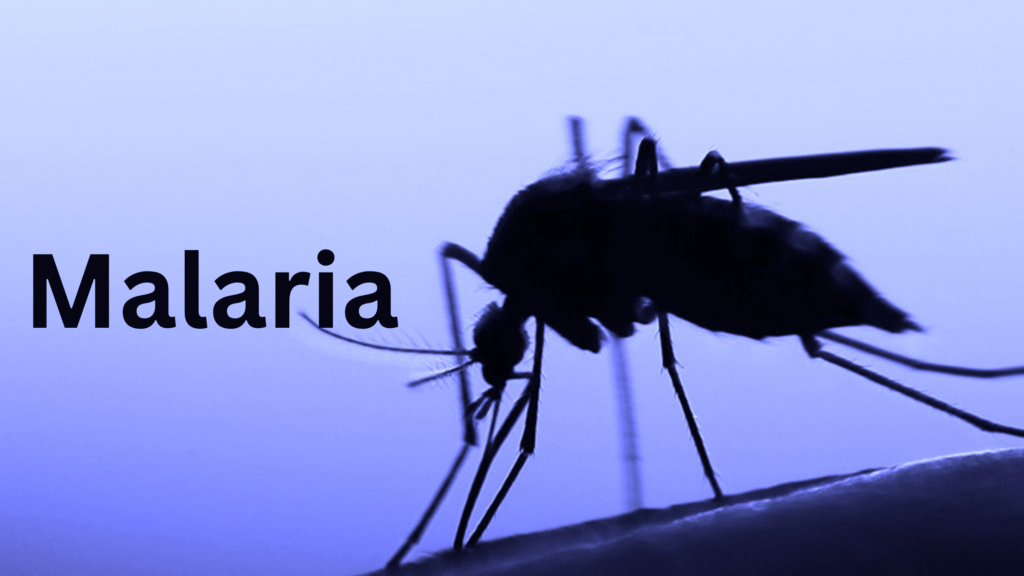What is Malaria? 🦟🦠
Malaria is a life-threatening disease caused by Plasmodium parasites, which are transmitted to humans through the bite of infected female Anopheles mosquitoes. It primarily affects red blood cells.
How is Malaria Transmitted?
- Through the bite of an infected female Anopheles mosquito 🦟
- Rarely through blood transfusion, organ transplant, or from mother to baby during pregnancy
Types of Plasmodium Parasites
- Plasmodium falciparum (most severe and deadly)
- Plasmodium vivax
- Plasmodium ovale
- Plasmodium malariae
- Plasmodium knowlesi (rare)
Symptoms
- Fever with chills and sweats 🌡️🥶
- Headache and muscle pain 🤕
- Fatigue and weakness 😴
- Nausea and vomiting 🤢
- Anemia and jaundice (due to red blood cell destruction) 🩸🟡
- In severe cases: seizures, coma, organ failure
Symptoms usually appear 7-30 days after the mosquito bite, depending on the parasite species.
Diagnosis
- Blood smear microscopy to identify the parasite
- Rapid diagnostic tests (RDTs) for parasite antigens
- PCR tests for more precise identification (in some settings)
Treatment
- Antimalarial medications like artemisinin-based combination therapies (ACTs), chloroquine, or quinine, depending on species and drug resistance
- Supportive care for complications
- Hospitalization for severe cases
Prevention 🛡️
- Use of insecticide-treated mosquito nets (ITNs) 🛏️
- Indoor residual spraying with insecticides
- Wearing protective clothing and using mosquito repellents 🧴
- Prophylactic antimalarial drugs for travelers to high-risk areas
- Elimination of mosquito breeding sites (standing water)
